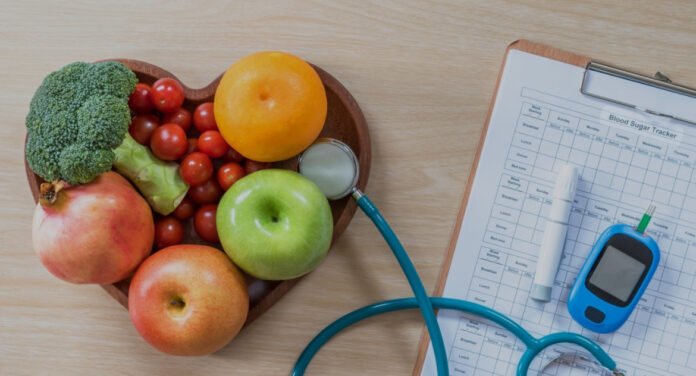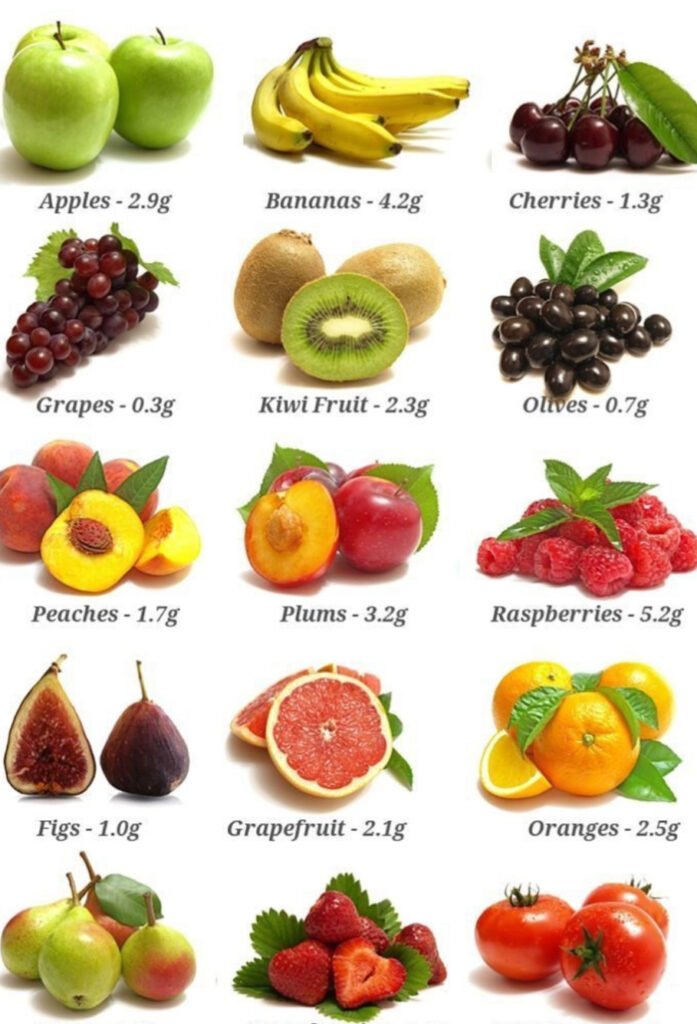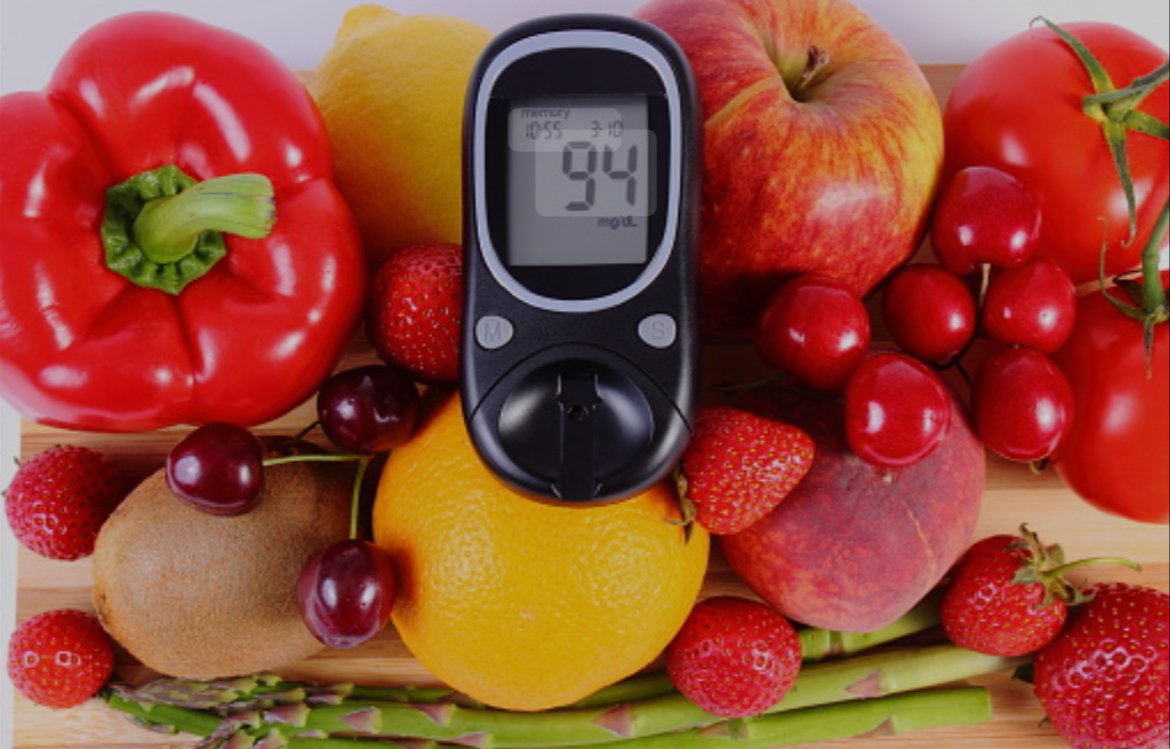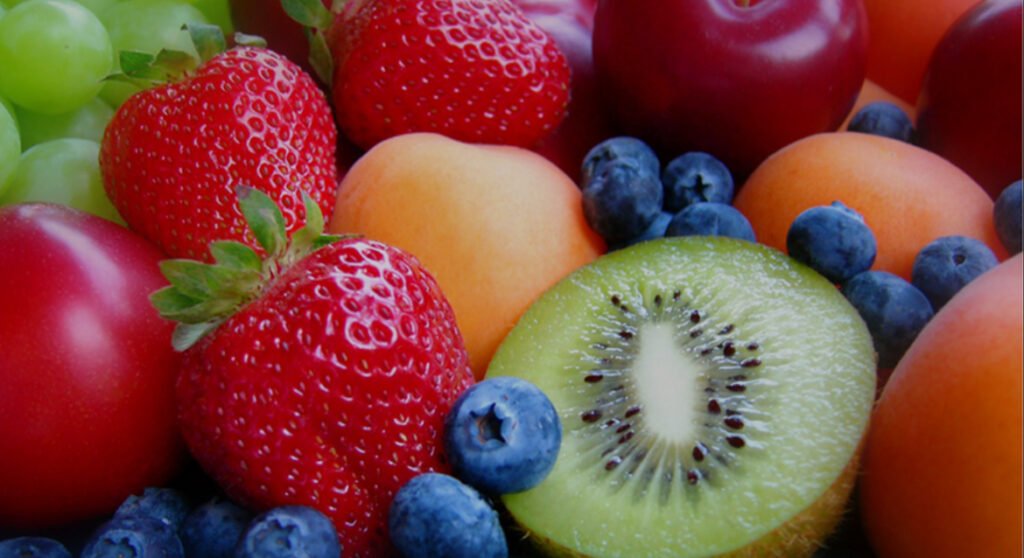Introduction
Fruit has long been a staple of a healthy diet. Packed with vitamins, fiber, and antioxidants, it’s hard to argue against the nutritional benefits of whole fruit. Yet, for those watching their blood sugar—especially individuals managing diabetes or insulin resistance—there’s often confusion around how fruit affects glucose levels. The common question is: Can fruit spike your blood sugar? The answer isn’t as simple as “yes” or “no.”
In this comprehensive guide, we’ll explore the nuanced relationship between fruit and blood sugar, backed by science and practical advice. Whether you’re diabetic, prediabetic, following a low-carb diet, or simply health-conscious, understanding how different fruits affect your glucose response is essential.
Understanding the Connection Between Fruit and Blood Sugar
Let’s break down 7 surprising facts about fruit and blood sugar that will not only clear up misconceptions but empower you to make better dietary choices in 2025 and beyond.
1. Not All Fruits Impact Blood Sugar the Same Way
One of the biggest myths about fruit and blood sugar is that all fruits cause a spike. In reality, fruits vary widely in their glycemic index (GI) and glycemic load (GL). These two measures help predict how a food will affect blood glucose levels.
High-GI Fruits (May Cause Faster Spikes)
- Watermelon
- Pineapple
- Ripe bananas
Low-GI Fruits (Slower Sugar Release)
- Berries (blueberries, strawberries)
- Apples
- Cherries
- Pears
Low-GI fruits tend to have more fiber and less sugar per bite, which slows down sugar absorption. Pairing these fruits with healthy fats or protein can also further stabilize blood sugar response.
2. Whole Fruits Are Better Than Fruit Juice
It’s crucial to distinguish between whole fruit and fruit juice. A glass of orange juice may seem like a healthy choice, but it can spike blood sugar far more than eating a whole orange. Why?
- Fiber is stripped in juice, meaning the sugar enters the bloodstream faster.
- Juices are more concentrated. One glass of juice might contain sugar from 3–4 fruits.
If you’re monitoring your blood sugar, stick with whole fruits, and avoid juice—especially those labeled “100% natural” but lacking fiber.
3. Fiber Is a Game-Changer for Blood Sugar Control
Fiber is one of the best tools for regulating blood sugar. It slows digestion and delays glucose absorption, resulting in a more gradual rise in sugar levels.
Fruits high in fiber include:
- Raspberries (8g per cup)
- Apples with skin
- Avocados (yes, a fruit!)
Soluble fiber, in particular, helps blunt post-meal glucose spikes. When choosing fruit, go for varieties with skin, seeds, or pulp to maximize fiber content. Always remember that fruit and blood sugar go hand in hand—fiber is the buffer.
4. Portion Size Matters More Than You Think
Even healthy fruits can impact blood sugar if eaten in excess. A few grapes won’t do much, but eating an entire bowl could cause a significant rise in glucose levels—especially for people with insulin sensitivity.
Tips to control portions:
- Use a measuring cup for berries or grapes
- Stick to one medium-sized fruit per serving
- Pair fruit with a protein or fat for balance (e.g., apple + almond butter)
Portion awareness is essential when managing fruit and blood sugar together. It’s not just what you eat—it’s how much and how you pair it.
5. Dried Fruits and Smoothies Can Be Sneaky Sugar Bombs
Dried fruits and fruit smoothies may seem healthy, but they often cause large blood sugar spikes due to:
- Lack of water/fiber in dried fruits (e.g., raisins, dates)
- Overuse of high-GI fruits in smoothies (e.g., banana, mango)
- Added sugars in commercial smoothie products
Example:
- 1 cup of grapes = 23g sugar
- 1 cup of raisins = 86g sugar
When it comes to fruit and blood sugar, how fruit is prepared matters just as much as what fruit you choose. Stick with whole, fresh, or frozen options instead of dried or blended forms.
6. Tropical Fruits May Spike Blood Sugar Faster
Tropical fruits like mangoes, pineapples, and papayas are naturally higher in sugar and have a higher glycemic index. While they’re packed with nutrients like vitamin C and antioxidants, they can significantly affect blood sugar—especially if consumed on an empty stomach.
Lower-sugar alternatives:
- Kiwi
- Guava
- Passionfruit (in moderation)
These options offer tropical flavor with less impact on blood sugar.
Pro tip: If you love tropical fruits, enjoy them with a protein-based meal or post-workout when insulin sensitivity is higher.
7. Timing Matters: When You Eat Fruit Affects Blood Sugar
The timing of fruit consumption can influence how it affects your blood sugar. Eating fruit alongside or after a meal can reduce glucose spikes compared to eating fruit alone on an empty stomach.
Also, insulin sensitivity tends to be higher in the morning or post-exercise, making it the ideal time for fruit consumption. If you’re managing fruit and blood sugar, avoid fruit right before bed or late at night.
Best times to eat fruit:
- With breakfast that includes protein and healthy fat
- Post-workout when your muscles are more insulin-sensitive
- As part of a balanced snack (e.g., pear + Greek yogurt)
Understanding this relationship can help you make smarter fruit choices throughout the day.
Final Thoughts: Empower Your Diet With Smarter Fruit ChoicesLet’s recap the key point
When it comes to nutrition, confusion around fruit and blood sugar continues to create unnecessary fear and misinformation. Many people still believe that all fruits are bad for blood sugar, but this couldn’t be further from the truth. The relationship between fruit and blood sugar is complex, and understanding the facts is key to making healthier choices—not just for people with diabetes, but for anyone looking to maintain balanced energy levels and overall wellness.
First, it’s crucial to understand that fruit and blood sugar interactions depend on multiple factors such as fiber content, type of sugar, glycemic index, and food pairing. While fruits contain natural sugars, they also offer essential nutrients that actually help regulate blood sugar when eaten as part of a balanced diet. Bananas, apples, berries, and citrus fruits, for example, provide fiber and antioxidants that may help stabilize blood sugar levels over time.
Another important insight is that fruit and blood sugar spikes can often be mitigated by timing and combinations. Pairing fruit with protein, healthy fats, or complex carbs can reduce the glycemic impact, making it easier for your body to process the natural sugars slowly and steadily. This method helps keep blood sugar from spiking and crashing—something that’s beneficial for everyone, not just diabetics.
The myth that people with diabetes should avoid fruit entirely is outdated. In fact, managing fruit and blood sugar together can offer powerful benefits for heart health, immune support, and digestion. Rather than eliminating fruit, focus on smarter choices and better portion control. Prioritize whole fruits over juices or dried alternatives, which tend to have more concentrated sugar and less fiber.
From a metabolic standpoint, the body thrives when given consistent, nutrient-rich fuel. By understanding how fruit and blood sugar interact in your system, you’re better equipped to make decisions that support long-term health rather than resorting to unnecessary dietary restrictions.
It’s also worth noting that the fear of fruit and blood sugar spikes often leads people to processed snacks, thinking they are a safer option. In reality, fruits like berries, apples, and pears are far superior choices to any refined carbohydrate snack when it comes to stabilizing blood sugar and maintaining a steady energy supply throughout the day.
In summary, don’t fear fruit—learn how to work with it. Use the insights in this article to take control of how fruit and blood sugar interact in your daily meals. You don’t need to eliminate fruit to protect your health—you just need to be intentional about what, how, and when you eat it. Empower yourself with knowledge, not restriction, and you’ll unlock the full benefits of fruit without compromising your blood sugar goals.
Call to Action (CTA):
Want a smarter, science-backed way to eat fruit without sabotaging your blood sugar?
Sign up for our free newsletter and get weekly tips, recipes, and research to help you stay in control of your health goals — naturally.
👉 Join the Healthy Living Community Today








